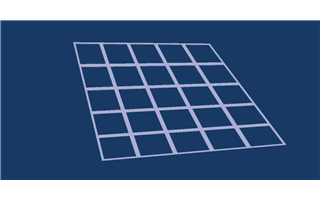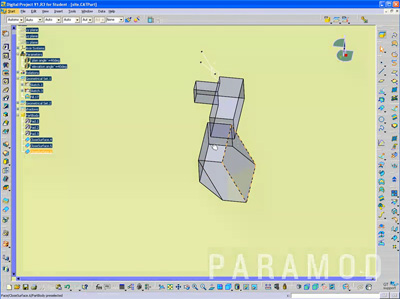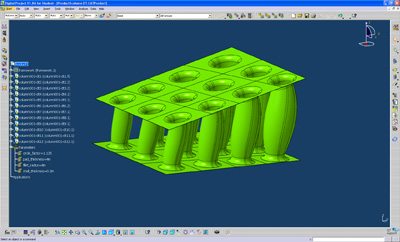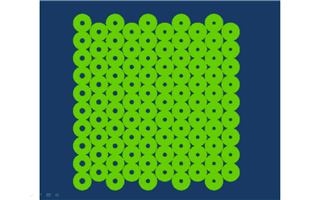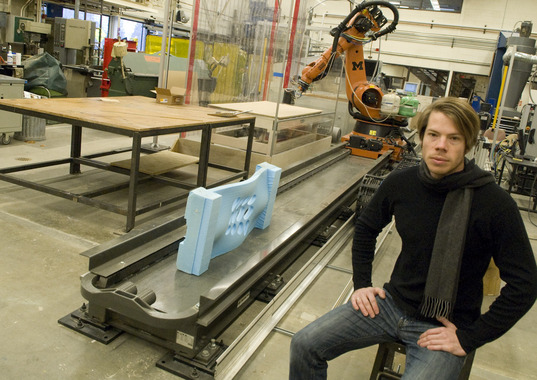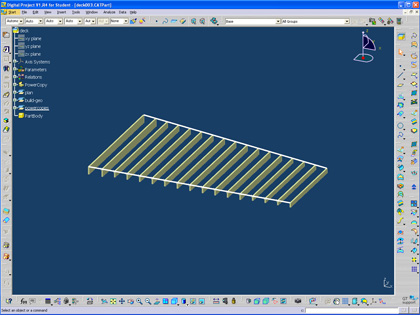Yesterday the announcement was finally public, Michigan will be accepting applications for a new MSc in the concentration of Digital Technologies. The admissions deadline will be Feb 15th.
Here is the link: MSc in Digital Technologies
It is loosely organized around 4 possible trajectories: Hardware, Software, Data, and Synthesis. It will be a three term program and culminates in an independent research project. While it will focus on design research there are no studios in this MSc concentration.
We are excited to push the work in this area and looking forward to add another group of students into the mix at Michigan.


















